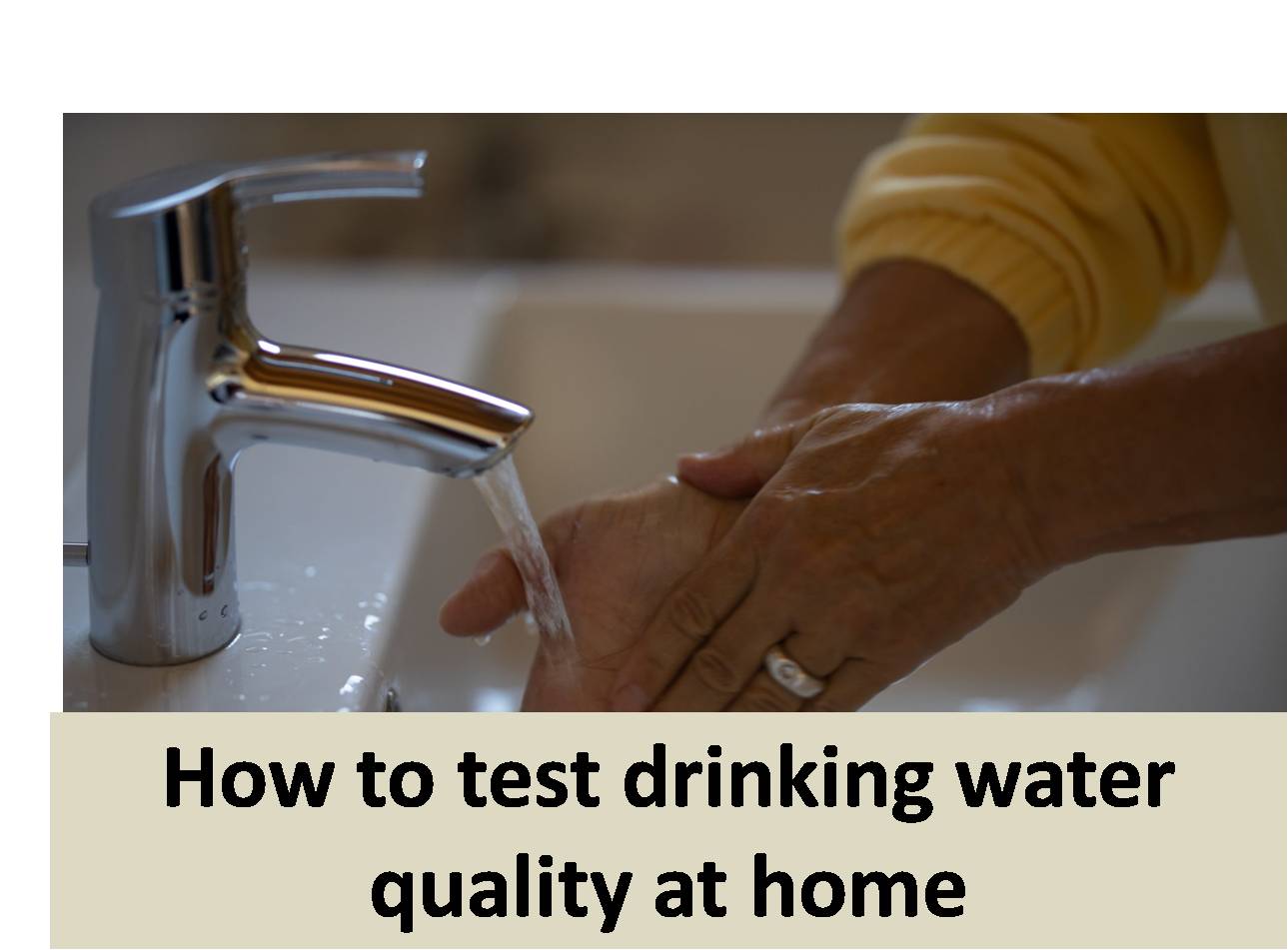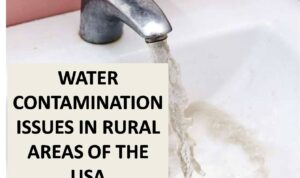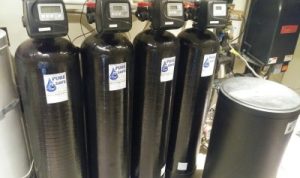How to test drinking water quality at home
How to test drinking water quality at home since testing the quality of drinking water at home is crucial to ensure the safety and health of you and your family. By conducting regular tests, you can identify potential contaminants and take necessary actions to maintain clean and safe drinking water. In this comprehensive guide, we will discuss various methods to test the quality of drinking water at home.
How to test drinking water quality at home
- Water Testing Kits: One of the easiest ways to test water quality at home is by using water testing kits. These kits are readily available at hardware stores or online retailers. They typically come with test trips or vials that can detect common contaminants such as bacteria, lead, pesticides, and chlorine. Follow the instructions provided in the kit to collect a water sample and perform the tests.
- pH Testing: The pH level of water is an important factor in determining its quality. You can test the pH of your drinking water using pH testing strips or electronic pH meters. Ideally, the pH of drinking water should be between 6.5 and 8.5. Water with a pH below or above this range can indicate contamination.
- Visual Inspection: Sometimes, you can visually inspect your water for signs of contamination. Look for cloudiness, discoloration, or floating particles in the water. These can indicate the presence of sediments, bacteria, or other impurities.
CHECK ALSO: Top-rated water purification methods for clean drinking water
- Smell Test: Unusual odors in drinking water can be a sign of contamination. If your water smells like chlorine, rotten eggs, or musty/moldy, it may indicate the presence of harmful substances. Conduct a smell test by sniffing the water before consuming it.
- Taste Test: While not the most reliable method, your taste buds can also help detect contamination in water. If your water tastes metallic, salty, or has a strange flavor, it could be a sign of impurities. However, some contaminants may not alter the taste of water, so it’s best to use other testing methods as well.
- Professional Testing: For a more thorough analysis of your drinking water, consider hiring a professional water testing service. They can provide detailed reports on various contaminants present in your water, including heavy metals, bacteria, pesticides, and more. This option is especially recommended if you suspect serious contamination or if you rely on well water.
- Regular Testing: It’s important to test your drinking water regularly, especially if you notice any changes in its color, taste, or odor. Regular testing can help you catch potential issues early and take corrective measures to ensure the safety of your water supply.
READ ALSO: Best home water filtration systems for well water
Conclusion
Testing the quality of drinking water at home is a simple yet essential task that should not be overlooked. By using the methods mentioned above, you can ensure that your drinking water is clean, safe, and free from harmful contaminants. Remember, the health of you and your family depends on the quality of the water you consume, so make water testing a priority in your household.
CLICK HERE to know more







